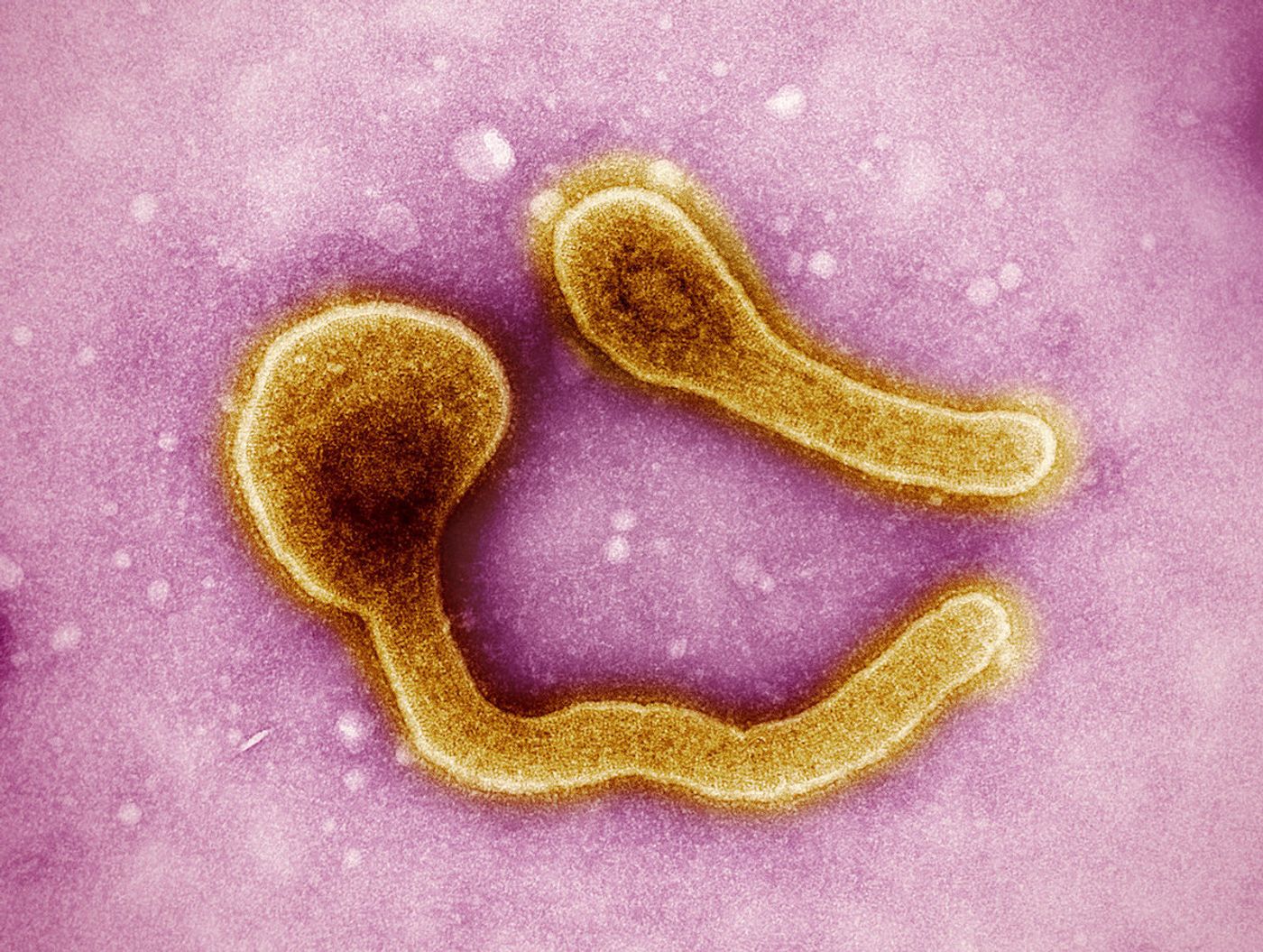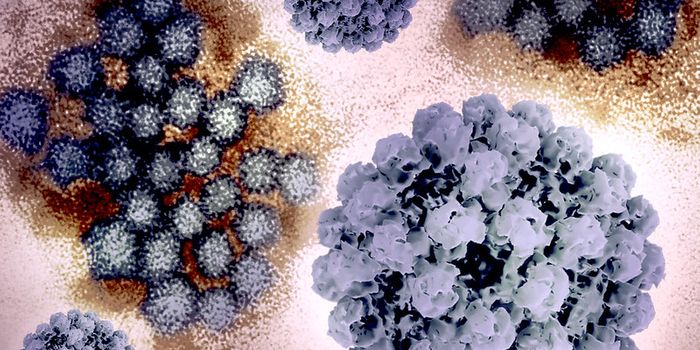WHO Updates on Ongoing Marburg Disease Outbreak
An outbreak of Marburg virus began last month in Equatorial Guinea, and more cases have been reported since the outbreak started, according to the most recent update from the World Health Organization (WHO). There have now been a total of nine cases confirmed by laboratory testing, and seven of these individuals have died. There have also been an additional 20 probable but unconfirmed cases, and all of those people died. The individuals who have been impacted lived in a few different provinces, which suggests that the virus is now transmitting on a wider scale. Two of the provinces share borders with other countries, so the virus could also be moving beyond Equatorial Guinea at this point, but that has not been confirmed yet.
The threat to the global international community is still considered to be low. The regional threat is moderate, and the national threat level to Equatorial Guinea is very high, according to WHO.
Marburg virus and a close relative known as Ravn virus both cause the deadly Marburg virus disease, which has had a case-fatality as high as 88 percent.
Infected people can also spread the disease to others through contaminated bodily fluids that contact the mucous membranes of others, or through broken skin. Fomites, or infected surfaces, can also transmit the virus the same way. Healthcare workers who treat Marburg patients have been particularly susceptible to infection. Marburg victims have to be buried in certain ways so they do not continue to transmit the virus to others as well.
The virus can incubate for as long as 21 days, and symptoms include severe headache, high fever, and severe fatigue. On the third day, cramping, nausea, vomiting, and watery diarrhea may start. The hemorrhagic aspect of the fever typically sets in about six days after the start of symptoms, and many patients die eight or nine days after the onset. Fatal cases may show signs of shock, bleeding from multiple places, and massive blood loss.
There are no vaccines or antiviral treatments for Marburg virus disease, and the only option to improve survival is supportive care, such as rehydration with oral or intravenous fluids, or specific symptom treatment. Some potential therapeutics, including drugs that can boost the immune system, are being tested.
There are a few public health measures that can stem the spread of the virus, which apply to most infectious disease outbreaks. Affected individuals should be isolated, and contact tracing should be performed. Raising awareness in the community is also crucial. WHO has deployed teams to Equatorial Guinea to assist with a variety of efforts including but not limited to clinical and laboratory support, community outreach, contact tracing, and disease surveillance.
The first outbreaks of Marburg virus disease happened at the same time in 1967 in Germany and Serbia, leading to the identification of the disease. The natural hosts of Marburg are Rousettus aegyptiacus fruit bats, and they can spread the virus to humans.
WHO noted that there have been a few outbreaks of Marburg virus over the years. Ghana was affected in 2022, Guinea in 2021, Uganda in 2017, 2014, 2012, and 2007, and Angola in 2004. There were also a few other earlier recorded outbreaks in the Democratic Republic of the Congo in 1998 and 2000, in Kenya in 1990, 1987, and 1980, and in South Africa in 1975.
Clinical symptoms may be tough to discern from other common viral illnesses, and even when hemorrhaging begins, Marburg has to be differentiated from other diseases including Ebola, malaria, and typhoid fever. Marburg infections can be confirmed by RT-PCR, ELISA, or a few other methods.
Source: WHO









